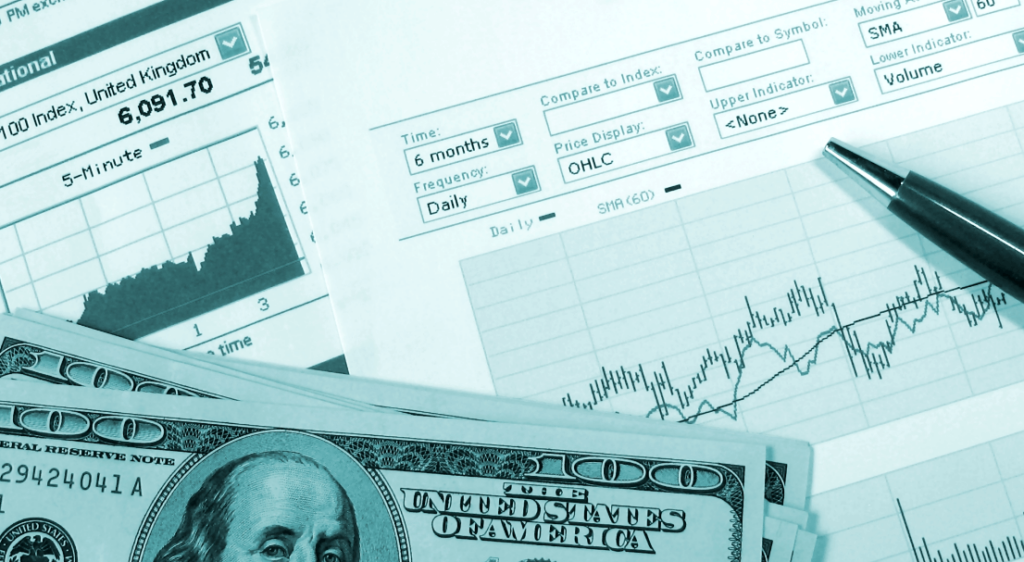Investors use benchmarks to evaluate the performance of portfolios of investments. Common stock indexes include the Dow Jones industrial average, the S&P 500, the Russell 2000, the Wilshire 5000, MSCI EAFE and the MSCI Emerging Markets Index. There are also a series of indexes to evaluate bond performance, but this article will focus on stock indexes.
The Dow Jones industrial average (DJIA), for example, shows how 30 large publicly-traded companies in the United States are performing. With only 30 stocks, critics argue that the DJIA is not an accurate representation of overall market performance. The DJIA is criticized for being a price-weighted average, which gives higher-priced stocks more influence over the average than their lower-priced counterparts, but takes no account of the relative industry size or market capitalization of the components. For example, a $1 increase in a lower-priced stock can be negated by a $1 decrease in a much higher-priced stock, even though the lower-priced stock experienced a larger percentage change.
Critics of the DJIA recommend the S&P 500 or the Wilshire 5000, the latter of which includes all U.S. equity securities, as better indicators of the U.S. stock market. These are market-weighted averages, which are a measure of security prices adjusted to the market value of each security included in the average. This means that the larger the number of a company’s outstanding shares and the higher the price of the shares, the greater the weight of that security in the average.
The S&P 500 measures the 500 largest large-cap stocks that are based in the United States, which include companies with greater than $4 billion in value and which consistently report positive earnings. This is the most ubiquitous index that is used by U.S. investors for comparison purposes. The Wilshire 5000 measures stock performance of stocks actively traded in the United States on the NYSE, American Stock Exchange and NASDAQ. As of earlier this year there were only 3,678 companies making up this index.
Another index to consider is the Russell 2000 Index which measures the performance of U.S. small cap stocks. Stocks must stay beneath a $5 billion cap maximum. The median market cap of companies in the Russell 2000 Index is about $528 million.
So what is the value to investors of indexes? The idea is to put an investor’s performance into context. Many mutual fund managers and hedge funds are compensated based on how well they do compared to stock market indexes. Indexes also are useful tools for tracking market trends – providing a historical perspective on market performance.
Market weighted indexes have their justified critics too. It is important for investors to understand exactly what these indexes represent. For instance, stocks with the largest market capitalization have the larger weighting and thus larger influence on market weighted indexes like the S&P 500. Thus, if the largest company in the index is having stock performance issues, this has a greater impact on the index than if a smaller company was suffering from poor performance. The impact is increased volatility because of the overweight of the larger stocks.
Also, indexes, by definition, are a small number of stocks that represent a larger universe of stocks. The basket of stocks in that index change over time. Thus, to use a stock index as a historical chart of performance is inaccurate because the names in that index change over time. The same stocks are not being looked at over time.
The stock market, regardless of an index’s performance, is very dynamic. There will still be companies that have strong fundamentals and earnings growth, yet remain undervalued because they are not known.
The rapid growth of exchange traded funds (ETFs) in the past 10 to 20 years makes understanding indexes even that much more important. ETFs are not actively managed and each fund holds the component securities within the affiliated index and tracks that index. The first ETF, the SPDR S&P 500, (SPY), was created in 1993 and allowed investors to participate directly in the performance of the S&P 500 index. ETFs are a great way to have exposure to an index without having to buy all of the securities in that index. An investor can have exposure to the overall performance of an asset class or market by buying the appropriate ETF.
An index is a useful tool. Investors need to know what indexes represent and what they don’t represent. Gene C. Sulzberger










